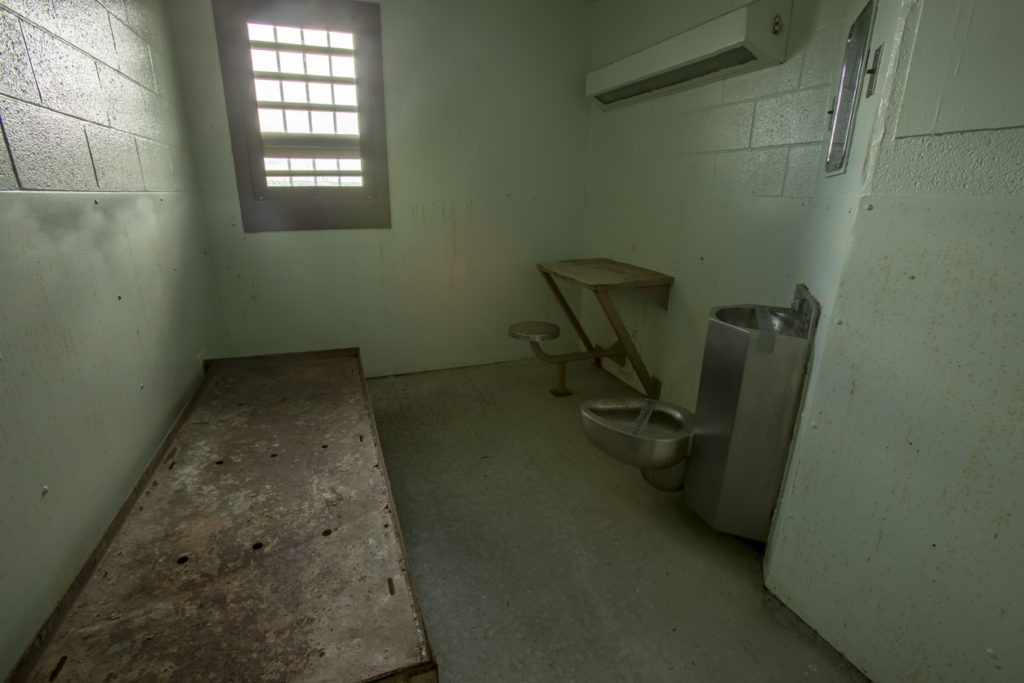Is Death by Hypothermia the Latest Restraint Chair Atrocity in a US Jail? -Pt5

What is a Restraint Chair? continued
More insights about restraint chairs follow with references to coordinating rules for using restraints as established by the Texas Commission on Jail Standards (TCJS) or the Texas Juvenile Justice Department, where applicable. The TCJS rules are found in Title 37, Part 9, Chapter 273, and Rule §273.6-Restraints in the Texas Administrative Code:
Medical Staff Should Oversee the Application of Restraints
- Medical staff should oversee the application of the restraint chair and other types of restraints. A 24-hour medical staff is a luxury many jails are hard-pressed to afford. It is important, however, for medical staff to be on hand when restraints are used because numerous health-related issues can arise, such as the following:
- The formation of blood clots
- Positional asphyxia
- Hypoxemia
- Excited delirium
- Aspiration of vomit
- Medical staff are also needed because of the potential for a psychological crisis. In situations where an inmate is already in a highly vulnerable state, mental health professionals are trained to recognize symptoms of psychological trauma and take appropriate actions.
- Under Rule §273.6(4), medical care should be provided a minimum of every two hours that an inmate is in restraints. The care should include exercising extremities, taking vital signs, checking for the need of medication, offering liquids and food, changing position, and offering toilet facilities.
- Under juvenile Rule §343.812-Non-Ambulatory Mechanical Restraints, Part (c), the use of restraint chairs should be conducted in a location readily accessible to health care professionals or specially trained staff with supervisory responsibilities related specifically to the oversight of the non-ambulatory mechanical restraints.
- Under Rule §343.812(f), which applies to the juvenile justice system, the written recommendation from a medical professional or a mental health provider is required for a restraint chair to continue longer than one hour.
Learn more in Part 1, Part 2, Part 3, Part 4, and this ongoing series.
Helping inmates by providing pertinent resources is the purpose of this website. There is no intention of accusing organizations or individuals of engaging in misdeeds.
–Guest Contributor
